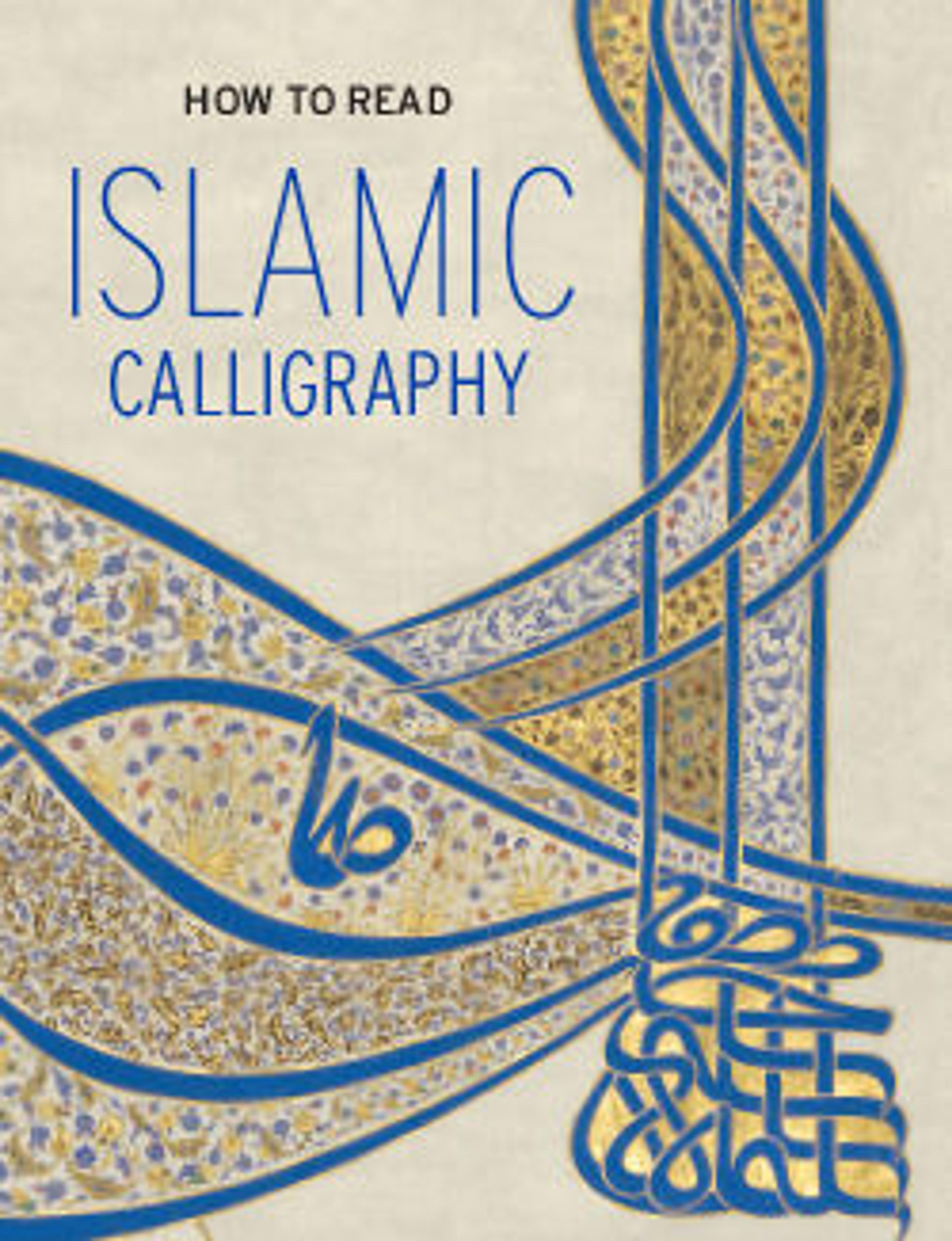Calligraphic Plaque
This cartouche-shaped plaque was created from a single sheet of solid steel, whose wide, flat border encloses a hemistich referring to Batul (a title associated with Fatima, The Prophet Muhammad’s daughter, and Imam Ali’s wife) and her two sons (Hasan and Husayn). The verse is from a poem extolling names of the chahardah maʿsum, or the fourteen infallible ones (the Prophet, Fatima, and the twelve imams). Such plaques were once part of a larger epigraphic ensembles that served both a decorative and invocative function. They often adorned the doors of shrines, mosques, and theological schools.
Artwork Details
- Title: Calligraphic Plaque
- Date: probably late 17th century
- Geography: Attributed to Iran
- Medium: Steel; forged and pierced
- Dimensions: H. 6 1/2 in. (16.5 cm)
W. 15 in. (38.1 cm) - Classification: Metal
- Credit Line: Rogers Fund, 1987
- Object Number: 1987.14
- Curatorial Department: Islamic Art
More Artwork
Research Resources
The Met provides unparalleled resources for research and welcomes an international community of students and scholars. The Met's Open Access API is where creators and researchers can connect to the The Met collection. Open Access data and public domain images are available for unrestricted commercial and noncommercial use without permission or fee.
To request images under copyright and other restrictions, please use this Image Request form.
Feedback
We continue to research and examine historical and cultural context for objects in The Met collection. If you have comments or questions about this object record, please complete and submit this form. The Museum looks forward to receiving your comments.
